How to travel with film
Make sure you get your photographic film safely back from your travels

Film photography is back in fashion, partly thanks to social media. The temptation to pick up an old Olympus Mju II, or one our best film cameras, a roll of Kodak Gold 200 for your next holiday may be strong, but there are some things that you need to consider.
Until it is fixed and developed, photographic film is sensitive to light, which is why we develop film in the dark. However, it is also sensitive to waves that we can't see, the most obvious and potentially damaging being X-rays. When you travel globally, your luggage is likely to go through an X-ray machine at least twice, on the way out and the way back, so there are some things that you need to consider when traveling with film.
1. Before you leave
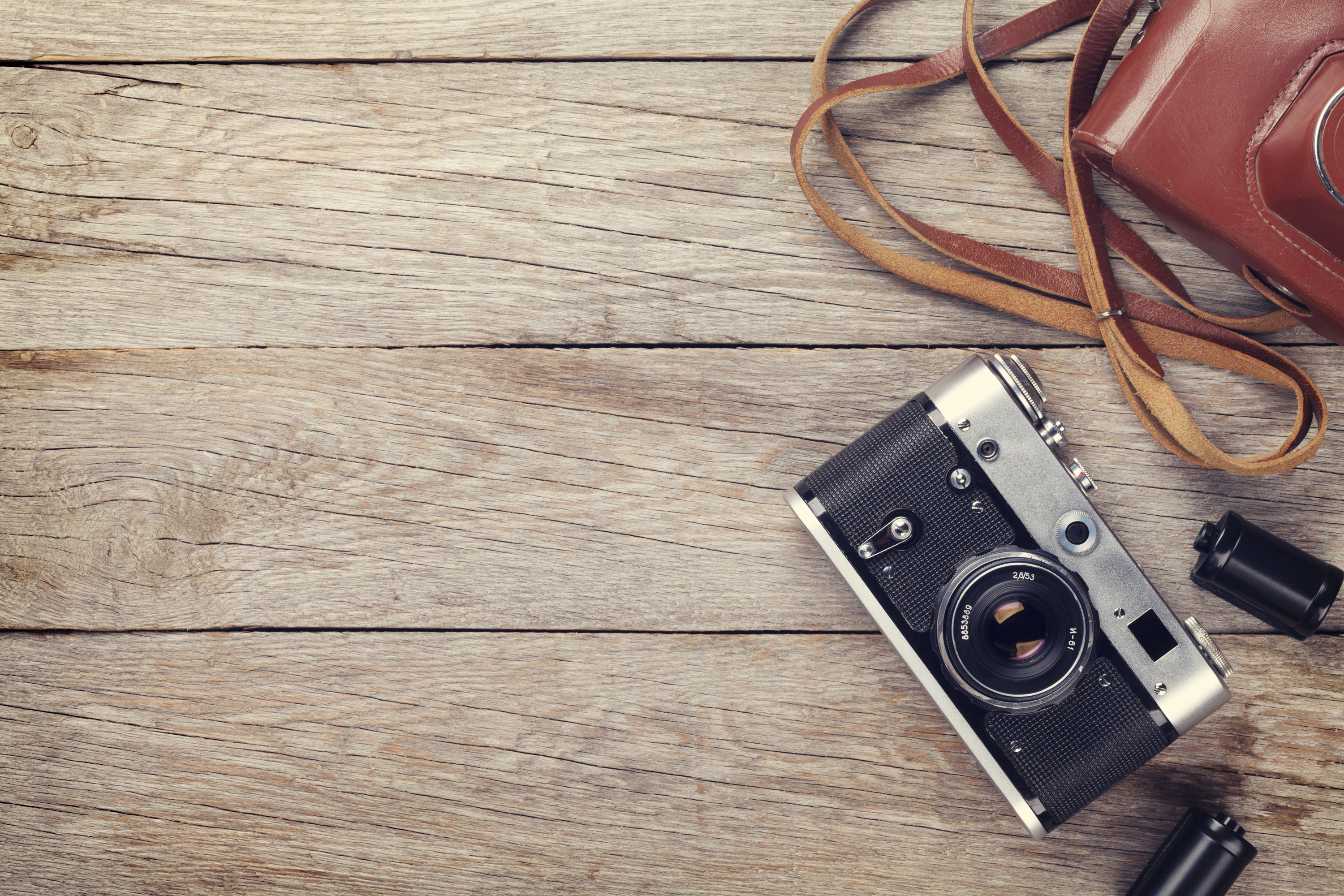
If you are traveling with film, there are some basic things that you can do before you even reach the airport. The first is your choice of film. The more sensitive the film and its ISO rating, the more potential an X-ray machine has to damage it. Shooting with ISO 100 or 200 film is a better choice than shooting with ISO 400 and higher. The higher the ISO sensitivity, the more precautions that you will need to take when traveling, so get the lowest sensitivity film you feel comfortable shooting with.
I would advise against loading your film in your camera before you leave. Instead, keep it in its box or at least in a plastic container. Then, label your film in a clear sandwich bag, 'Unexposed Film.'
You can buy specialist film storage bags lined with lead that will block X-rays, but on an airport X-ray machine, this will show as a large block of metal and get you pulled over to one side for an inspection. In this case, it is probably better to ask for the film to be inspected by hand in the first place.
Finally, make sure that your film goes in your hand baggage and not in your hold luggage; the X-ray machines for hold baggage are generally more powerful due to the larger items that have going through them. So keep your film with you, and not in your check-in suitcase.
2. Buy and develop while away

The safest option is to sort your film at your destination. Buying your film in the duty-free airport shops may even be possible once you have been through security. With a little research beforehand, you should be able to find out if a photo store sells film at your location or if you can get Amazon to deliver a few rolls to your hotel. This obviously may not work if you are in a far-flung corner of the world, but otherwise, it should be a consideration.
Sign up for breaking news, reviews, opinion, top tech deals, and more.
To take this a step further, you could mitigate the likelihood of X-ray fogging by getting the film developed while travelling. You do not need to get the prints done or the film scanned (although it would be a good idea); just ask for the film to be developed, and then you can make the prints when you are home. Depending on where you live and where you are travelling to, you might even make a saving by getting the films developed overseas.
3. At The Airport
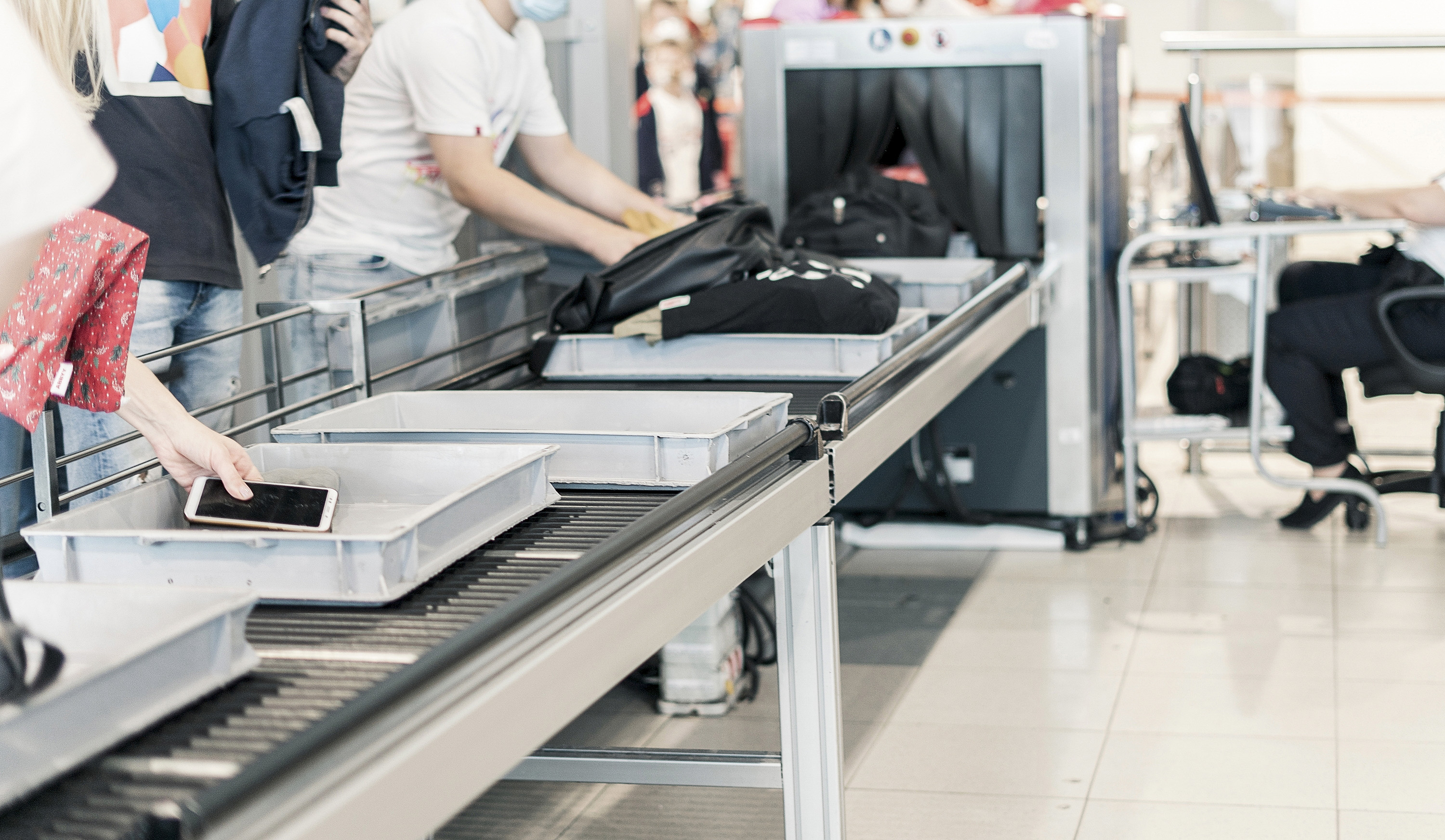
If you have decided that you are going to travel with your film, then the good news is that most modern airport X-ray machines emit a very low level of X-radiation that shouldn't damage film below ISO 800, even with a few passes. I'll caveat that by saying developing countries, smaller/local airports, and countries with high-security risks may use older or more powerful X-ray luggage scanners.
Once again, take your film in your hand luggage, not your check-in/hold baggage, as this may be subject to significantly more powerful scanning machines that may fog your film in a single scan.
I recently traveled from London Gatwick to Palma, Spain, with ISO 200 film in my hand luggage that went through an x-ray machine twice and showed no damage. However, if you are not prepared to take any risk, you can ask for a manual search of your film.
If you want the film inspected manually, arrive with plenty of time to spare. Approach a security team member politely and explain that you have an unexposed film and wish for it to be inspected manually.
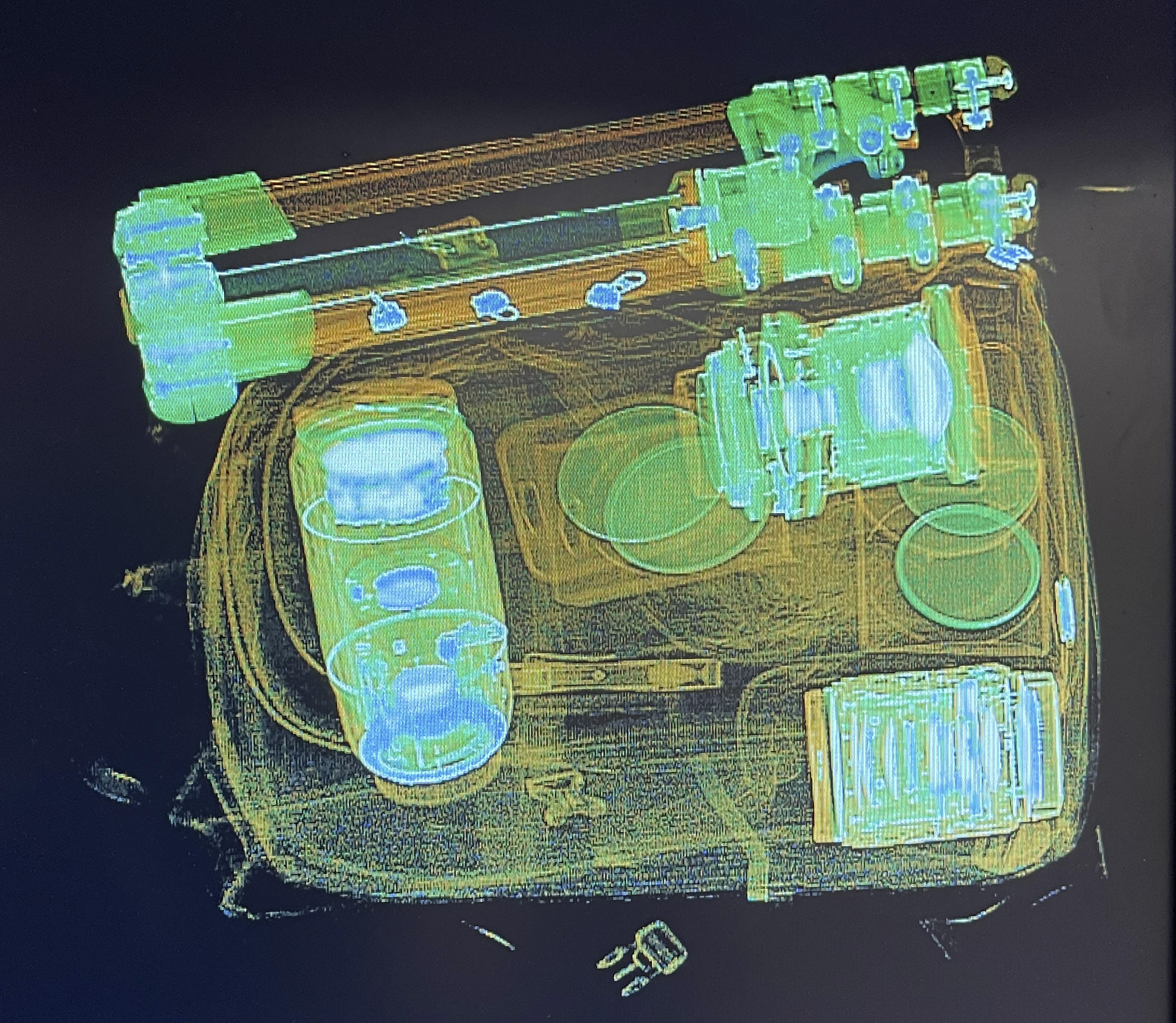
If the film is of a professional nature, then having documentation proving that you are a professional photographer or having information related to the film or the project can be helpful. Even a letter stating what the film is, how it should be handled, and why it is important can help. And don't forget to have one in the native language of the country you are in. Google Translate or AI can help you to make such a letter possible.
Having it in a clear, labeled plastic bag can help save time at this point. If it is boxed and in its plastic canister, the security person will likely ask you to open it for inspection. They will swab the film leader, canister, or both to check for explosive substances or narcotics. They may also shake or rattle the film canister to check that everything is as it seems.
Security should be trained to inspect film satisfactorily without damaging or exposing it. As with all things involving airport security, to make everyone's life easier, be polite to the security staff. They have a job to do and are within their right to refuse a manual inspection and just put your film through the scanner.
4. Heat and humidity
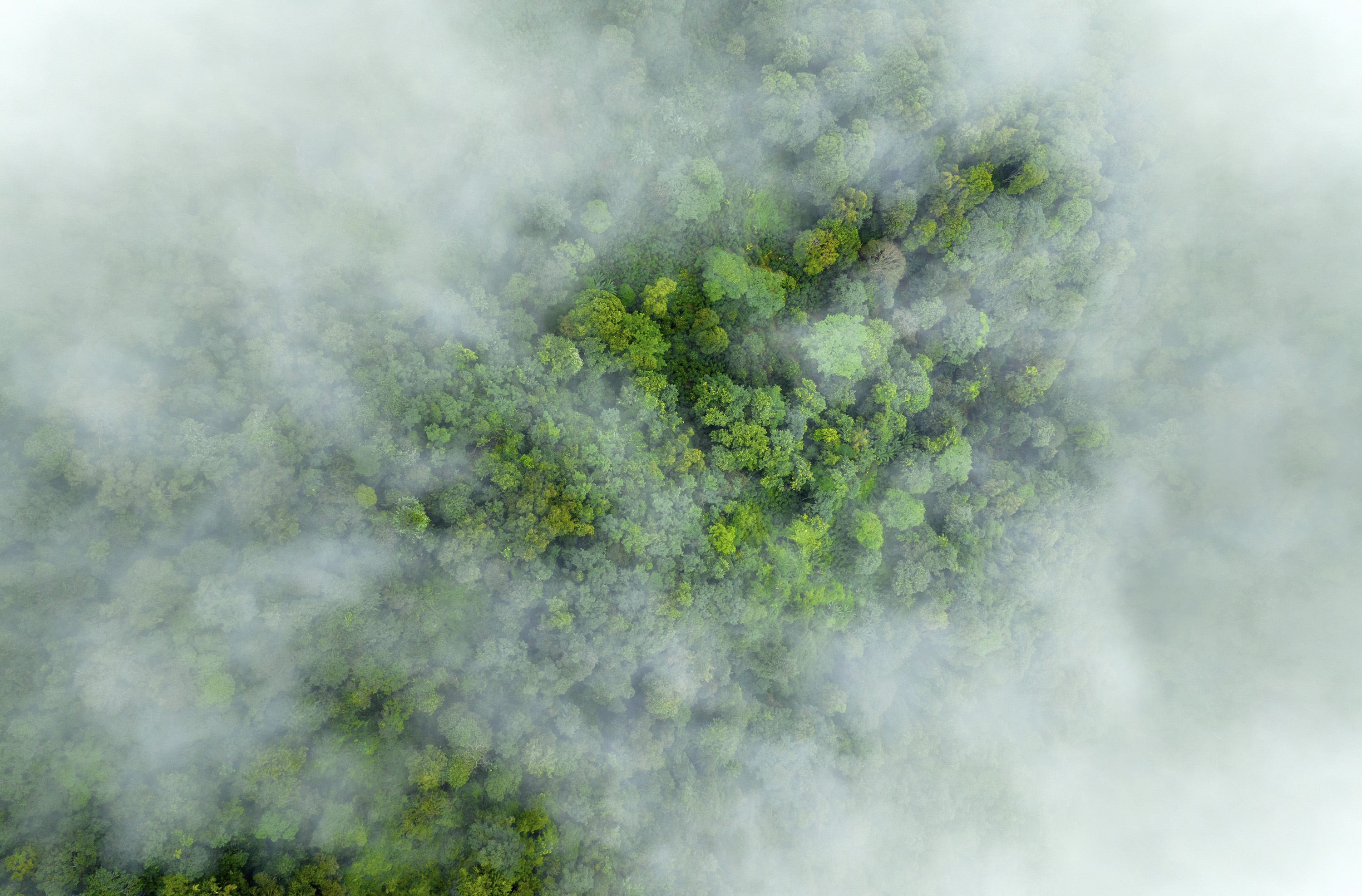
As much as it is essential to protect your camera and lenses from heat and humidity, it is also vital to protect your film. Modern consumer film is relatively stable, but it is always best to avoid sudden temperature changes, which could allow for humidity inside the film canister. The best advice is to keep your exposed and unexposed film in its plastic pot to create its own micro-climate. Keep the pots in a relatively stable environment, such as the inside pocket of a jacket or bag. If you are traveling somewhere very humid, it may be a good idea to keep the film in a ziplock plastic bag with some silica gel sachets inside and allow time for the air temperature inside the bag to equalize before opening it.
Finally, perhaps the most obvious tip is to avoid keeping your film in direct sunlight.

If you follow these tips, you give your rolls of film the best chance to be developed with the maximum possible clarity and contrast.
You might also like
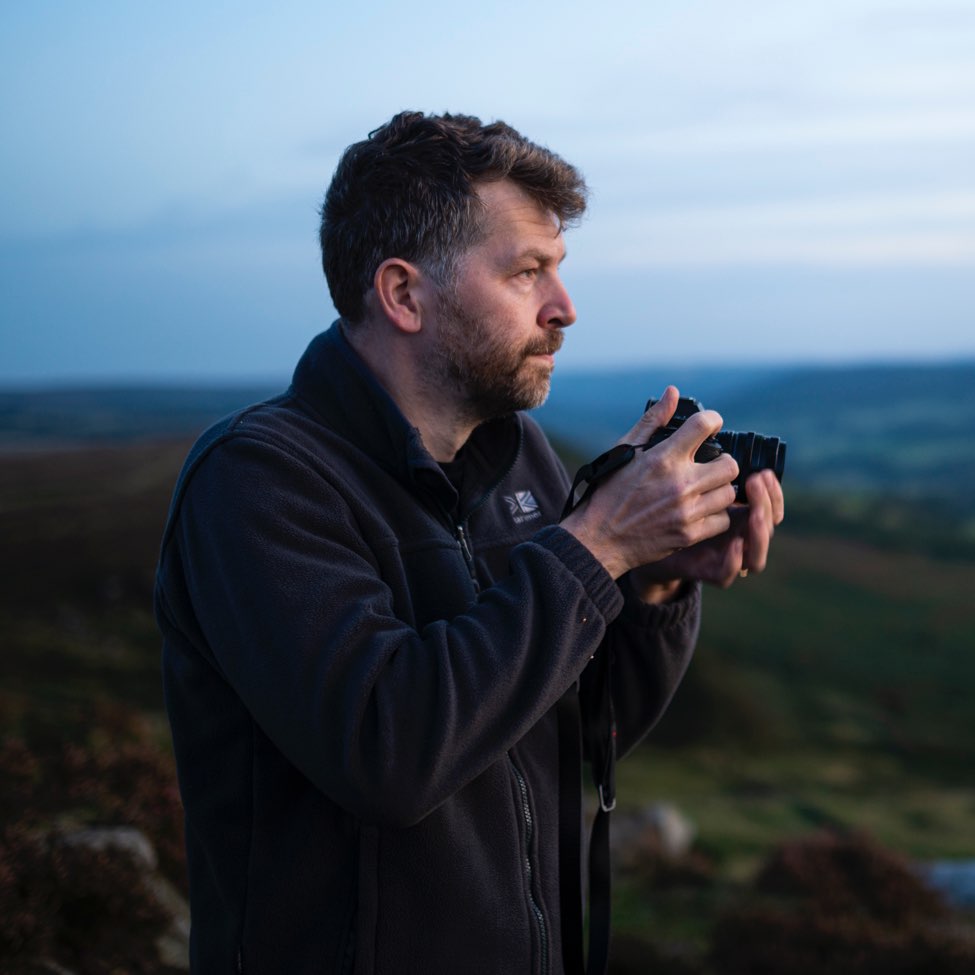
Richard Sibley is a photographer and writer passionate about travel and landscape photography. With over 15 years of experience writing and reviewing in the photo industry, he was formerly Deputy Editor at Amateur Photographer magazine and has had his words and images published in numerous other magazines and websites. Richard combines his love for photography with a deep interest in technology and gadgets. Beyond his professional pursuits, Richard embraces fatherhood and finds solace in gardening, cold plunges, long walks, and listening to podcasts. He is an aspiring minimalist, though the constant lure of new gadgets significantly challenges this ideal.